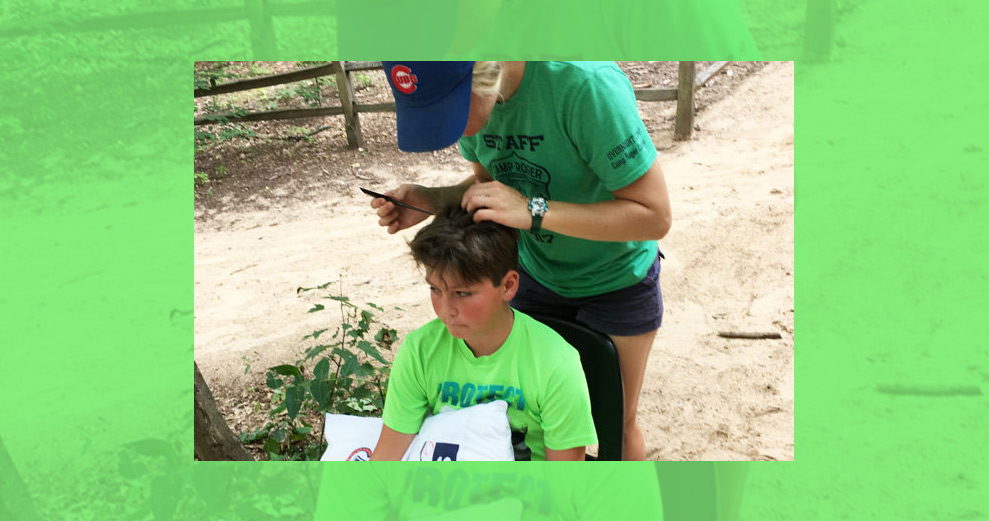Lice. Just mentioning the word can make your head crawl.
Head lice are parasitic insects that can be found on the head, eyebrows and eyelashes of humans. They can be found worldwide, but infestation in the United States is most common among pre-school children in childcare, elementary school students and the household members of infested children.
Head lice spread, most commonly, through head-to-head contact with an already-infested person. With contact common during play at school and during afterschool activities, back-to-school time is a prime season of giving for head lice.
While the insects aren’t known to spread disease, they’re still a pain to have in the classroom. To keep the critters out of your classroom (and your hair), follow these tips and share them with students and families.
Keep hair out of reach, or covered.
Long hair should be braided or tied up in a tight bun. Keeping short hair covered helps—but we know wearing hats in school just isn’t cool.
Use natural remedies.
Head lice are falsely associated with uncleanliness, but the Centers for Disease Control and Prevention notes personal hygiene in the home or school has nothing to do with getting lice. In truth, lice love clean hair and scalps. Greasing up hair with a lot of hair spray or oils, such as coconut oil, could help make it difficult for mature lice to lay eggs (called “”nits””).
No sharing.
When it comes to head lice, you might what to inflict a strict “”no sharing”” policy—but only in regards to headphones and earbuds, combs and brushes, and clothing such as hats, scarves, coats, sports uniforms and hair accessories.
Bag it.
Students don’t always have separate lockers or cubbies to store their belongings during the school day. In the midst of a head lice outbreak, store everyone’s personal belongings (coats, gloves, backpacks, etc.) in plastic bags that close.
Ditch the soft stuff.
It’s nice to have comfortable rooms with corners for students to read, but things such as soft seating, pillows, rugs, stuff animals and blankets can serve as breeding grounds for lice to lay eggs.
Courtesy of SYTA.





